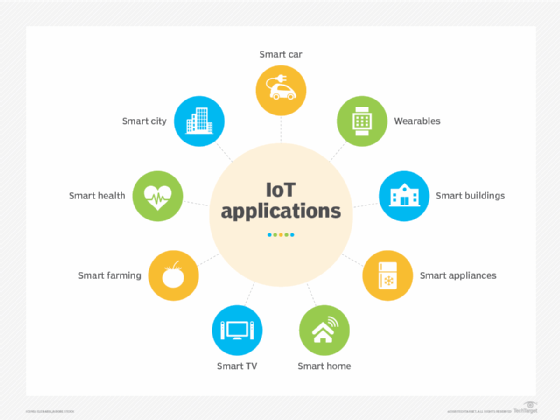
pixel - Fotolia
What is the difference between LoRa and LoRaWAN?
LoRa is a modulation technique for specific wireless spectrum, while LoRaWAN is an open protocol that enables IoT devices to use LoRa for communication.
LoRa, or Long Range, is a proprietary, low-power and long-range wireless technology that uses license-free wireless spectrum -- much like Wi-Fi uses the unlicensed 2.4 GHz and 5 GHz frequencies.
The exact frequency LoRa uses depends on the physical location of a deployment. For example, LoRa uses the 915 MHz band in North America and the 868 MHz band in Europe. Thus, it's important to know which frequencies can be legally used in each LoRa deployment location. From a range perspective, LoRa can communicate up to 10 km away under optimal, line-of-sight conditions.
LoRa technology belongs to Semtech, a semiconductor supplier. While LoRa has been around for a while, LoRa chipsets have advanced to consume far less power only in the last couple of years. These advancements make LoRa ideal for IoT devices that are widely distributed and battery-powered yet only send small amounts of data up to a maximum speed of 27 Kbps. Common LoRa deployment examples include asset tracking, smart meters, detection devices, smart parking and agriculture field monitoring.
From a networking perspective, LoRa creates only a physical layer method of wireless transport, such as a transceiver chip. That means it lacks the proper network protocols to manage traffic for data collection and endpoint device management. This is where Long-Range WAN -- or LoRaWAN -- comes into the picture.

LoRaWAN
LoRaWAN is an open, cloud-based protocol -- designed and maintained by the LoRa Alliance -- that enables devices to communicate wirelessly with LoRa. Essentially, LoRaWAN takes LoRa wireless technology and adds a networking component to it, while also incorporating node authentication and data encryption for security.
From an enterprise IT deployment perspective, LoRaWAN networks are ideal for IoT devices that continuously monitor the status of something and then trigger alerts back to gateways when the monitored data surpasses a specified threshold. These types of IoT devices require little bandwidth and can run on battery power for months or even years.
The difference between LoRa and LoRaWAN
LoRa and LoRaWAN are both commonly used for IoT devices, but each has its niche capabilities and applications. LoRa technology provides a way to use unlicensed wireless spectrum, but it lacks the networking capabilities needed for management. LoRaWAN is a protocol that builds on top of LoRa and creates the network layer.








